On January 12, 2013 South Australia’s first Surfing Reserve became official with a dedication ceremony held at Daly Head, attended by approximately 200 people.
Over 50 years ago the Daly Head surfing area was discovered by a group of surfers in search of quality breaks on the Yorke Peninsula. Local fishermen talked of large waves breaking in the area which kept the eager surfers hungry in their search, despite the limited beach access throughout the scrub & farmland.
By 1961, the surfers efforts were rewarded with a variety of breaks that make the Daly Head area the stand out that it is to this day.
For the past couple of years the Formby Bay Environmental Action Group have been working towards achieving National Surf Reserve status for the Daly Head region. Criteria for a National Surfing Reserve include:
• High surf quality
• Highly regarded by the local and national surfing community
• Long term usage of the beach and wave environment by the community
After gaining the support of the District Council of Yorke Peninsula, the group was thrilled to announce to the surfing community of Australia that they had been successful with their nomination for Daly Head to be recognised as a National Surfing Reserve.
Speakers present for the occasion were:
• Professor Andy Short, representing National Surfing Reserves Australia
• Ray Agnew, Mayor of Yorke Peninsula
• Ed Satanek, Co-ordinator of the Formby Bay Environmental Action Group
• Quentin Agius, a descendant of the indigenous (Adjahdura) ADJA-JURA tribe. Quentin took the time to be part of the National Surfing Reserve ceremony and began the dedication by singing out to his ancestors in a sign of respect and asked them to look out for us. He continued with stories from over 40 thousand years ago explaining the formations of the land and rocks at Daly Head
